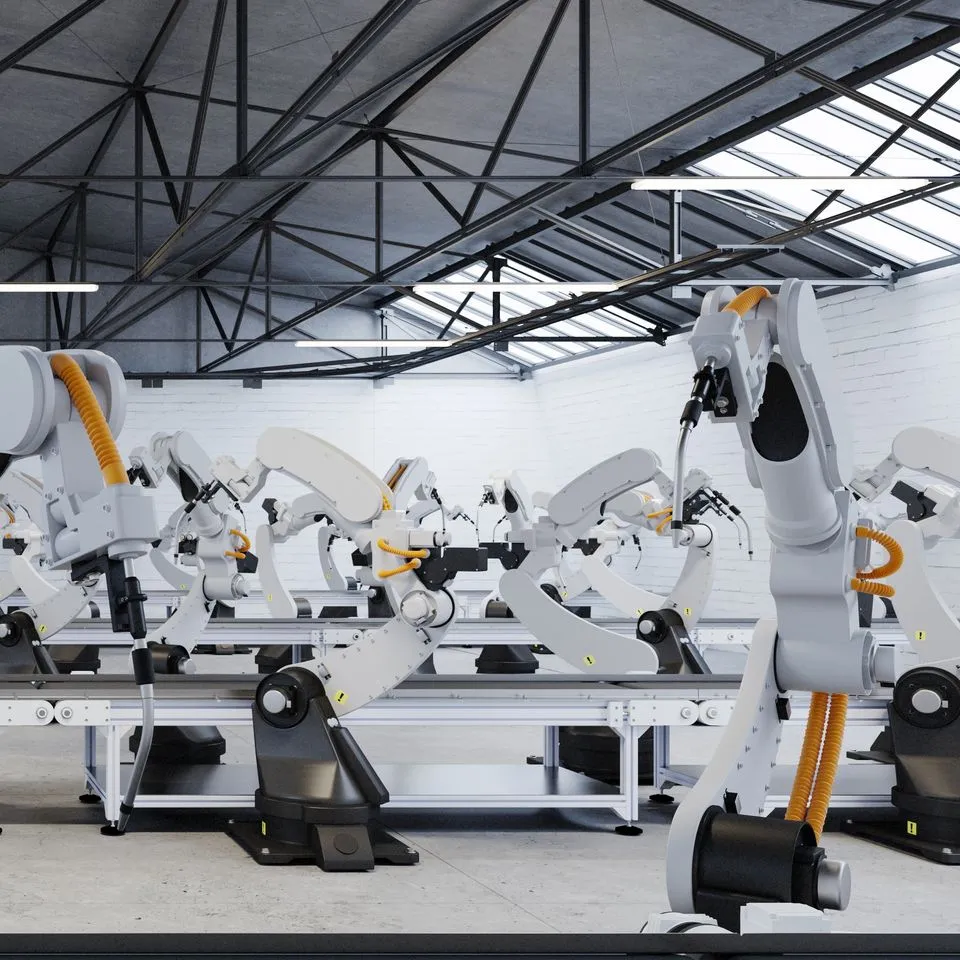Unifying Data: Overcoming Silos in the Transition to EV


Our teams at Hitachi recognize for some fleets data is a challenge. You know the data exists, but it isn’t easily accessible. So, unfortunately, your gut instinct, honed by years of historical knowledge, is the best decision support tool available.
It is somewhat bearable for the smaller decisions, but not for the larger ones which measurably impact overall fleet operational performance and financial results, like fleet electrification. Through many conversations with fleet leaders, we have been impressed by the fleets companies that have advanced and grown their businesses in recent years, harnessing rich, fleet-wide data for confident decision insights at the moment, and for longer horizon predictions and strategic bets.
Silos, whether related to data or existing technologies, cause fleet businesses to be less efficient and agile in adjusting to their market dynamics. At Hitachi, we have observed that the magical power of data happens when we combine information across silos, holistically uncovering opportunities to be more productive, earn more revenue, decrease downtime, or provide better service for customer satisfaction and loyalty. Data can even unlock a smooth transition to electric vehicles (EVs).
So many tools
Fleet managers are openly asking how their fleet management process now requires seven separate logins, an Excel mastery class, and hours of training time for several team members, just to start. The history of “many tools syndrome” arises from each being very good at solving a specific problem, without awareness and integration to the tools around them. In short, they are point solutions that are added with the best intentions, such as – a demand forecast, a warehousing application, driver & vehicle scheduling, maintenance & repair for those vehicles, an entire fleet right-sizing strategy, dispatch & routing, telematics, and compliance tools for driver safety adherence – all with the potential to create less compatibility.


We noticed these are common challenges fleet managers face, even with a deep understanding of best practices and close tracking of current industry performance benchmarks. But operationally, they hit barriers integrating both “like-to-like” systems. We’ve witnessed the difficulty of using three different Maintenance & Repair applications to get a comprehensive vehicle report and the challenge of making those insights actionable.
The result is that uneasy feeling, leaving you to question if you are re-marketing the vehicle at the right time to take the smallest capital expenditure hit. And, are you doing so before operational costs start to rise, while still showing a positive contribution to the bottom line? It may even be worth considering transitioning to battery-powered electric vehicles (BEVs) or fuel cell electric vehicles (FCEVs) in the mix.
A New Approach
Hitachi has gained insight from leaders in the private, for-hire, and municipal fleet sectors, and has learned that many of them and their colleagues already have tools, people, and processes that they rely on. And rather than fully replacing them, they are asking, “Can you help me to get more value from these tools we already have?”
The resounding answer is, “Yes, yes we can!” We, at Hitachi, are working on integration and automation solutions, embracing and extending the systems fleets today already own, and helping fleets with using these tools to help with EV planning and transition.


We’re finding two primary benefits for fleets:
- The integration across silos gives the hands-on-keyboards team members much better day-to-day operational visibility, enabling more fully informed decisions at the moment. Over time this leads to higher fleet KPIs across all areas — on-time delivery and customer satisfaction, fleet utilization levels, maintenance and repair costs, driver retention and development, fuel management, and vehicle replacement. Together, they help lower that critical metric, Cost-per-Mile (CPM).
- The integration across similar systems gives fleet leadership a more complete picture of their overall fleet, for better longer time-horizon decisions like fleet electrification. This strategic visibility allows these individuals to more wisely manage their capital and operating expenditures, thereby keeping the Total Cost of Ownership (TCO) of their fleet assets much lower.
The tectonic shifts underway from internal combustion engine vehicles to battery EV and fuel cell alternatives will make such visibility for decision-making even more critical. Having a solid baseline today makes it easier to evaluate if and when EV transition will make sense for your fleet.
Unified Data Can Ease the EV Transition
The Hitachi team is fielding a lot of questions about the upcoming transition from internal combustion engines (ICE) to BEVs and FCEVs. We have summarized the concerns heard in the diagram below.


The economics of an operator’s use cases are central. Experienced fleet owners have developed a gut feeling for the vehicles they buy, and fuel volatility. However, the transition to new powertrains, charging infrastructure management, and electricity price volatility is a new experience.
Other concerns span from:
• Availability of FCEV/BEV vehicles, and the stated reliability improvements. It is obvious there are fewer moving parts, but will parts & labor be expensive? And what is the net impact on operations?
• The government is investing in electrical and alternative fuel infrastructures. However, the actual fund’s distribution & implementations will lag by years. Regulatory incentives are coming, but how much? How fast? Where?
- Battery technology is evolving rapidly. The expected longer service life of FCEV / BEV makes technology lock-in even more concerning.
- The EV revolution is happening at the same time we see a driver shortage, and emerging Autonomous capabilities.
The good news is that most of these concerns can be addressed with the power of data analytics from a unified fleet system. Drawing data insights from your current providers, vehicles, infrastructure, drivers, and routes can ensure efficient operations, lower costs, increased uptime, optimal battery and energy usage, and improved driver behavior. The challenge lies in eliminating siloes and finding the right partners to unlock this new value for your fleet.
Conclusion
At Hitachi, we are working with fleets across the world, leveraging our global R&D insights, ecosystem relationships, and deep IT & operational experience to bring simple, useful capabilities to market. Connecting those silos of information with unifying technologies will be critical to an organization’s ability to quickly see the full picture, connect the dots, and make the necessary adjustments. Fleets will look to all-in-one platforms that can unite functionalities into one dashboard, one bill, and one way to understand and manage what happens in their fleets. Unified platforms will ultimately be a key enabler for positive TCO in the transition to EV, helping the bottom line, society, and the environment.



